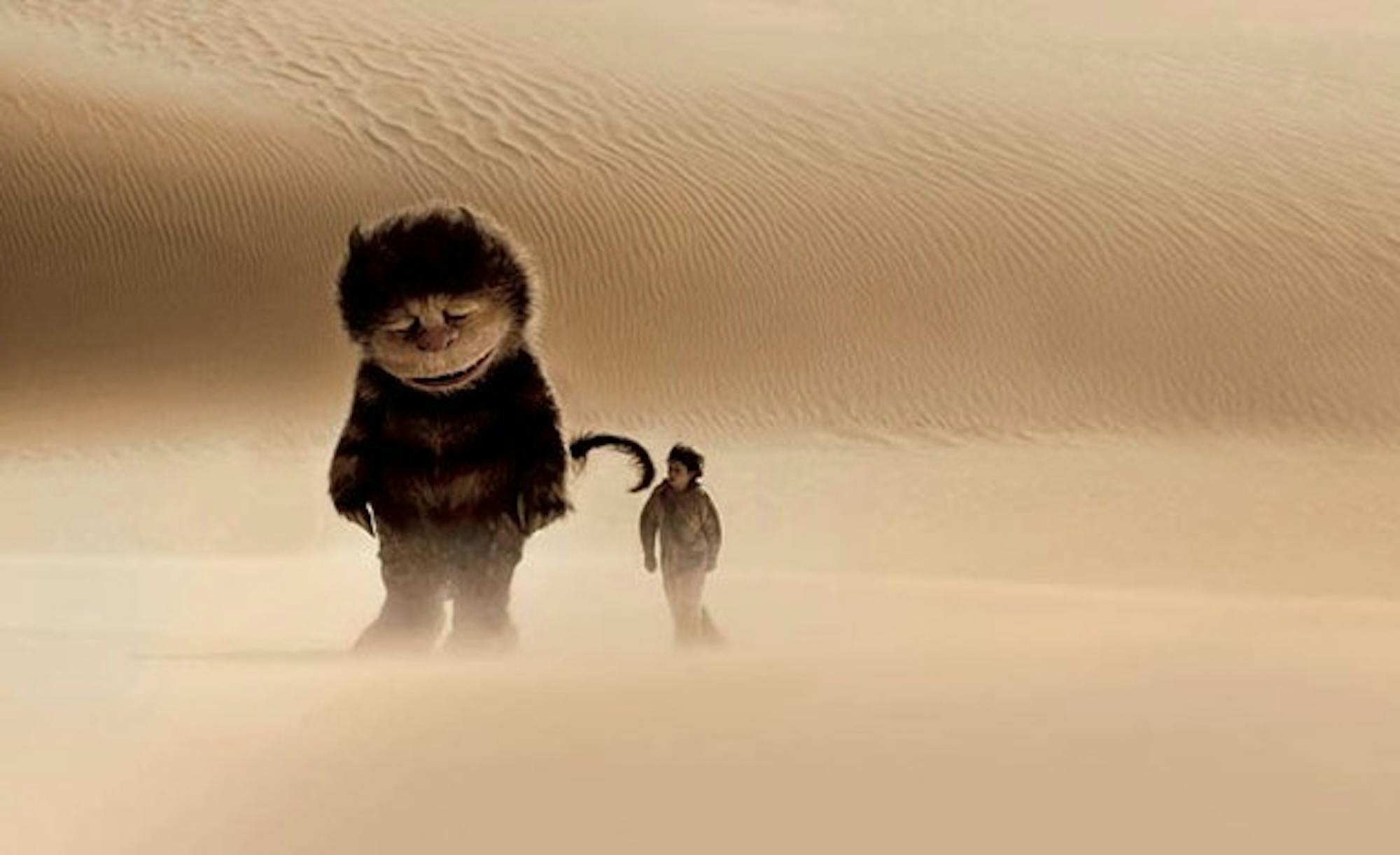If you had asked me for my opinion of Maurice Sendak's "Where The Wild Things Are" (1963) before I saw the film adaptation that led the box office last weekend, I would have told you it was among my top three favorite children's books.
Now, however, I'm pretty sure I need to reread the story again. Spike Jonze, director and co-writer of the film, has left me certain that there are things in the picture book that completely passed me by at the age of eight.
From the film's very first scene, Jonze works to undermine any notion of the work as a happy-go-lucky romp through a child's imagination. Nine-year-old Max (Max Records), dressed in a fuzzy, gray animal costume, is depicted chasing his dog down the stairs, barking and yapping. It is an innocent enough image, but Max brings an unexpected roughness and seriousness to his chase, an impression that Jonze emphasizes with violently shaky and tightly framed shots.
The first act culminates when Max throws a tantrum and runs out of the house and into the forest. As he huddles in the damp night, Max exercises his active imagination, commandeering a small, rotting sailboat and setting off on a violent but beautiful ocean.
Jonze seems to have as much fun as Max does creating this imaginary world, which is populated by giant, furry beasts. It is telling of Max's disposition that these are not nice, cuddly beasts: Max's imagined creatures have sharp teeth, beaks and horns. They fight and bicker in unpredictable ways, eat people who cross them, and live on an island that contains a fiery nighttime forest and a barren, windy desert.
Soon, Max becomes their king. The creatures believe Max's fantastical stories and truly listen to him unlike those people Max knows from the real world. In his first act as king, Max declares, "Let the wild rumpus start!" and it does.
Max and the beasts run, jump, yell, laugh and throw each other through the forest. It is Max's most cathartic fantasy and becomes so for viewers as well, not least because of the humor infused by the beasts' awkward, lumbering movements and their tendency to act like uninhibited children.
The rumpus can't last forever, however, and eventually divisions arise and Max's leadership is challenged. At times, the ensuing long sequence seems meandering and unfocused, as the characters become increasingly moody and unpredictable.
The film is saved, for the most part, by the wonderfully ingenious ways in which Jonze and co-writer Dave Eggers use the beasts to replay important scenes from the opening act, never letting us forget that we are in Max's fantasy. We can see Max's growth as he realizes how hard it is to hold together this family of beasts even if it is his own creation.
Despite the beauty of the film's landscapes, the novelty of its big beasts and the great fun of returning to childhood imagination, it is this change in Max that is the focus of the film. His growth and struggle to understand both of the worlds that he inhabits is gently and touchingly rendered, reminding us of the sensitivities of childhood and the importance of imagination -- and imploring us to reconsider a childhood favorite.




